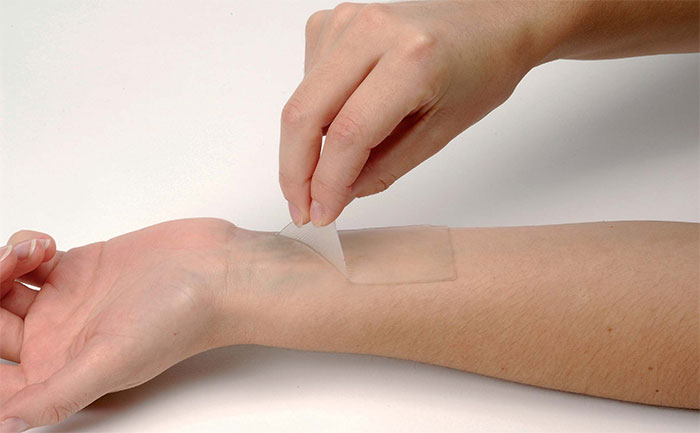Using algae to make patches to help heal wounds quickly
The secret of this sticker lies in the material that makes it: pieces of blue-green algae. In initial tests conducted on mice, the scientists found that they had a clear effect on speeding up wound healing. Because of this feature, they are considered a solution for chronic wounds of people with diabetes. In people with diabetes, complications make their wounds very difficult to recover and in the worst case, the ultimate option is amputation.

These patches help to treat wounds more effectively with a healing rate of up to 45%.
Usually, doctors use oxygen, which is thought to heal the skin in such situations. However, because only a small fraction of oxygen is able to penetrate into the skin, the effectiveness of this is not high. To overcome this, a team of researchers created tapes filled with the bacterium Synechococcus elongatus , commonly known as cyanobacteria , with the ability to produce oxygen when exposed to Face light. Man, a product of photosynthesis.
In addition, the patches contain hydrogels with the ability to absorb oxygen generated by the bacteria, and then put them deep inside the skin. It is known that the cost to create a bandage like this is only about 23,000. In experiments performed on mice, these patches helped treat wounds more effectively with a healing rate of up to 45%, compared to 20% if just using oxygen as usual. Currently, the researchers' plan is to create patches to perform on larger animals, before starting clinical trials on humans.
- Why does your wound heal?
- New findings: Your wounds heal faster in the daytime than at night
- What does the open wound fast?
- America develops super chips that help heal wounds
- Scientists found that the gene can heal itself
- Ointments made from maggots help wounds heal faster?
- Detection of bacteria helps wounds heal
- A plant compound helps heal wounds
- Heal yourself like a Wolf
- Sugar pills help wounds heal even when antibiotics are
- Medical bandages have the ability to heal wounds by ... sucking bacteria
- The patch helps to heal wounds
 13 causes of non-itchy rash
13 causes of non-itchy rash How the mouse with human ears changed the world?
How the mouse with human ears changed the world? The truth about 'fried rice syndrome!
The truth about 'fried rice syndrome! What is dental implant?
What is dental implant?